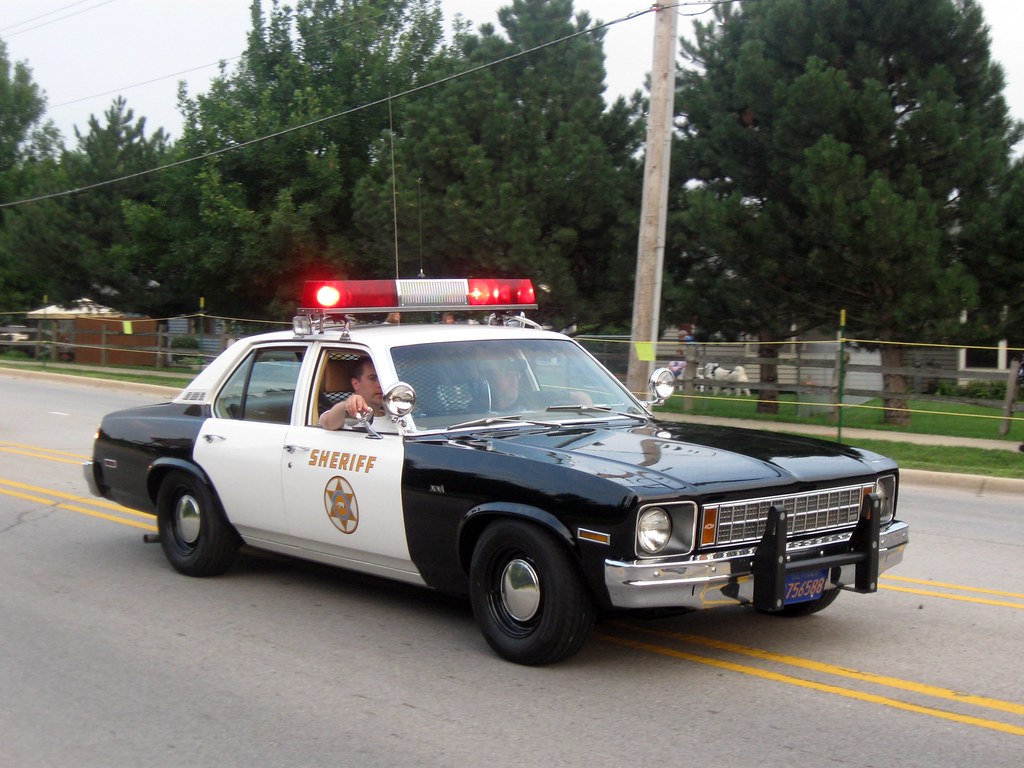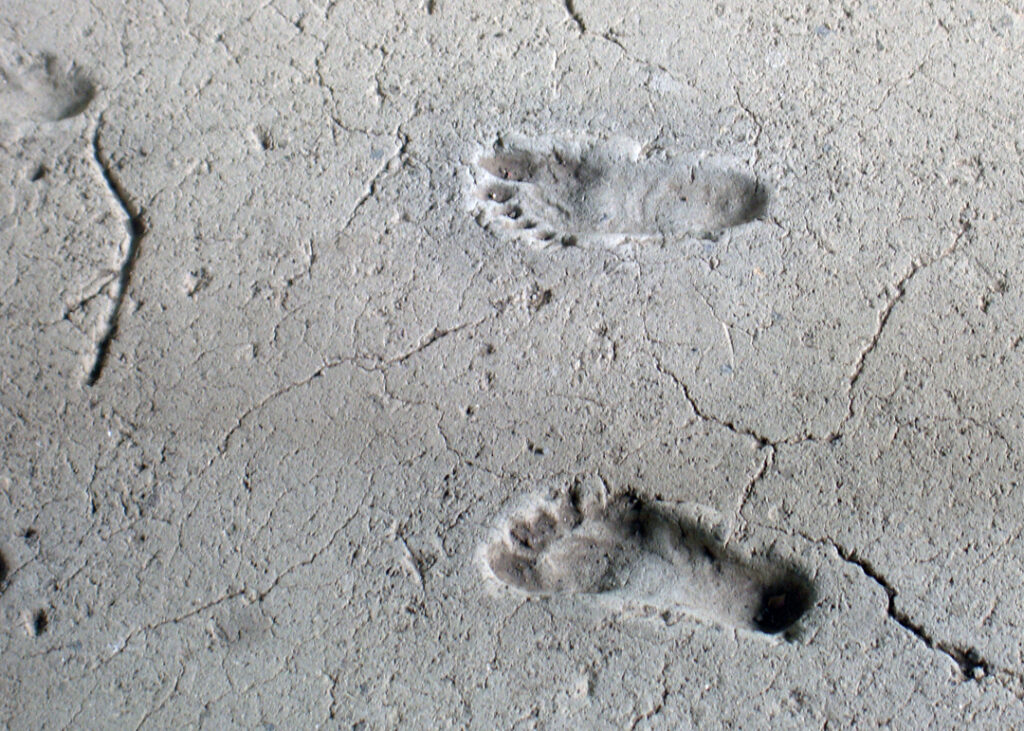It is important to note before delving into the enigmatic Los Angeles County John Doe case that, despite the absence of graphic pictures, the essence of the case may be unsettling. The dearth of information accessible just adds to the mystery surrounding this case, thus any more public insights would be greatly valued.

Background
Authorities are still baffled by the confusing inquiry that began on September 9, 2003, when some human remains were found in a residential garage in Santa Monica, California. An older black male, thought to be between 65 and 85 years old, had the remains, which included a dismembered and embalmed head and neck. Important information like height, weight, and cause of death remained difficult because only incomplete remains were available. According to John Doe’s NamUs website, he passed away the year he was discovered.
This sad discovery was made in an odd place—the garage, which had not been a dental office for more than 50 years. The remains may have belonged to a medical cadaver, according to the Los Angeles County Medical Examiner’s website, but there are still unanswered concerns given how long it has been since the garage was used as a dentist office. Was the date of death erroneous in some way, or was the information about the years the dental business was open wrong? Or was there a darker reason why these remains might have been found?
We have a long list of unresolved questions on the case. John Doe, who was he? What caused him to pass away? How did his remains get to be in this state and place? What about the rest of his body? The peculiarity of the case is evident despite the paucity of information.
The Final Resting Place
The County of Los Angeles When John Doe was discovered, he was buried without a name. In a pauper’s graveyard in Imperial County, his voyage came to an end in a simple coffin that bore merely a coroner’s case number. Numerous unnamed people, each with their own untold narrative, end up at this graveyard, which is a stark reflection of the anonymity that surrounds many such cases.
Imperial County’s Deadly Terrain
Imperial County, California is a notorious location for migrant fatalities because to its lethal combination of desert and irrigation infrastructure. The rise in immigrant deaths has given rise to a grim industry that strains the resources of local coroners, funeral companies, cemetery workers, and Mexican consulate authorities. Even a four-wheel-drive truck has been purchased by the county coroner’s office to aid in the body search in the hazardous desert.
The funeral parlor in Brawley, which doubles as a morgue, is often filled with the dead of unnamed travelers. The increasing number of cases has sparked debates about whether a separate morgue facility is necessary. Conversely, Mexican consular officials are overworked and often rely solely on a piece of paper or the deceased’s attire to identify the deceased and locate their family members.
The Case of the Recently Buried John Doe
The bones of a guy were discovered in a far-off desert wash in one instance; the person was probably a victim of the hostile environment and scavenging animals. The Mexican Consulate and the coroner’s office searched, but they were unable to locate him. He drowned, according to his autopsy, but identification was difficult in Mexico because there was no centralized fingerprint database.
The Struggle for Identification
Identification of deceased migrants is a challenging task. The duty of the Mexican Consulate and the coroner’s office is made more difficult by the fact that many people do not have identification in order to avoid being discovered by U.S. officials. They put forth a lot of effort to speak for the deceased by contacting possible relatives and assembling hints from personal belongings.
The Toll on Imperial County
The Imperial County community has suffered as a result of the migrant deaths. Funeral homes bear the responsibility of burying and storing the unidentified, while the public administrator’s office of the county is frequently left to handle the remains. To facilitate identification attempts, activists have demanded the creation of a DNA database.
Results
The Los Angeles County John Doe case serves as a moving reminder of the innumerable anonymous people who die in anonymity. It emphasizes the difficulties experienced by those entrusted with solving the secrets of their last moments. We are reminded as we consider this case of the worth of every human life and the necessity of looking for answers, no matter how difficult they may be.
The Broader Impact: Unidentified Persons and the Challenges They Present
The case of John Doe in Los Angeles County on September 9, 2003, serves as a dramatic representation of a much larger and often overlooked problem: unidentified person cases and the issues they create for society. Partial embalmed remains found inside a residential garage are not only a mystery but a problem of unidentified people who quite often are migrants who die on their journey to a better life.
The phenomenon of unidentified persons is not unique to Los Angeles County, or even to the United States. All over the world, every year, untold numbers disappear, leaving behind a family and community that must live in perpetual uncertainty. The motives for their disappearances are as varied as the individuals themselves, ranging from voluntary disappearance to accidents, natural disasters, and, more sinisterly, foul play or human trafficking.
To migrants, sometimes it becomes hazardous for them to cross borders. The Imperial County coroner’s office-four-wheel-drive pickup truck stands in testimony to the dangerousness presented to migrants. The desert does not forgive, and the irrigation channels have emerged as the deadliest spot on the U.S.-Mexico border for migrants. The number of migrant deaths has strained not only local coroners and funeral homes but exposed the need to have more procedures for better identification, support systems in place.
Identification of the dead is perhaps the most frustrating and complex. Most migrants take no identification, in hopes of avoiding identification by the U.S. authorities, thus greatly complicating the work of a hardworking coroner’s office and Mexican Consulate as they try piecing together clues from personal effects and calling potential relatives. A lack of a centralized fingerprint database in Mexico and spotty availability of dental records add to the difficulty.
The cost is immense in communities like Imperial County, where it falls on funeral homes to store and bury people who have not been identified. Generally, the remains are left to the discretion of the county public administrator’s office for processing. Activists have since asked for a DNA database to help identify these people, which gives solace to the families that are left behind by providing some sense of closure.
The case of the Los Angeles County John Doe also brings up questions about ethics in handling human remains. That such remains were thought to be a medical cadaver hints at the dissociation of respect for the dead with the realities of medical education and research. It is important that bodies donated for medical purposes are accorded respect and their eventual disposal done in a dignified manner.
The case of the John Doe from Los Angeles County speaks volumes to the larger issue of unidentified individuals. It underlines the role that international collaborations play in the wide range of challenges regarding migration, identification, and dignity with regard to the dead. As we reflect on the case and so many similar ones, there is just one thing that cannot fail to come back to our minds: the value of human life and the urge to find answers, however elusive they might be. The story of John Doe is not a mystery novel; it calls for an action of better systems and added compassion in handling unidentified and lost individuals.



